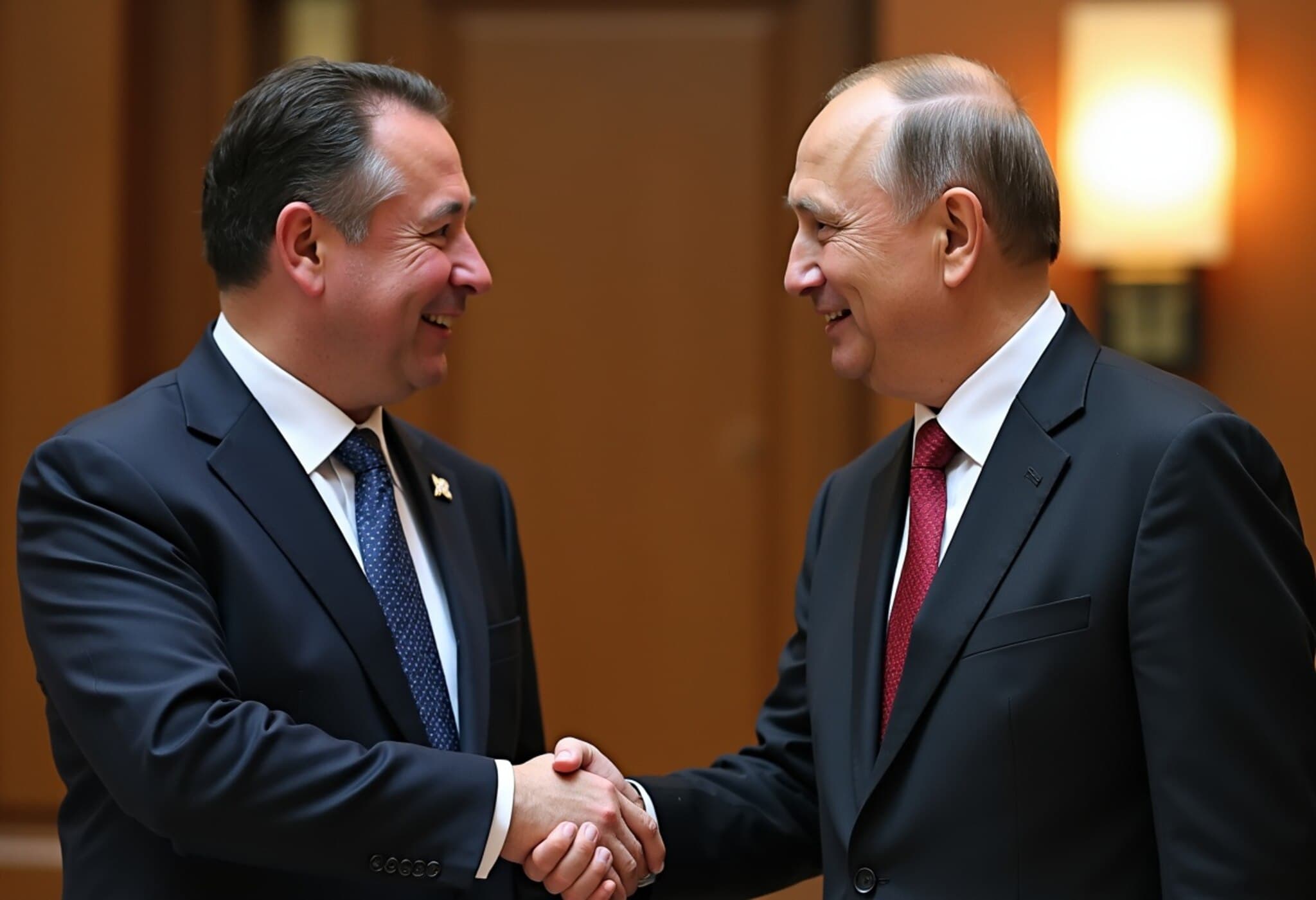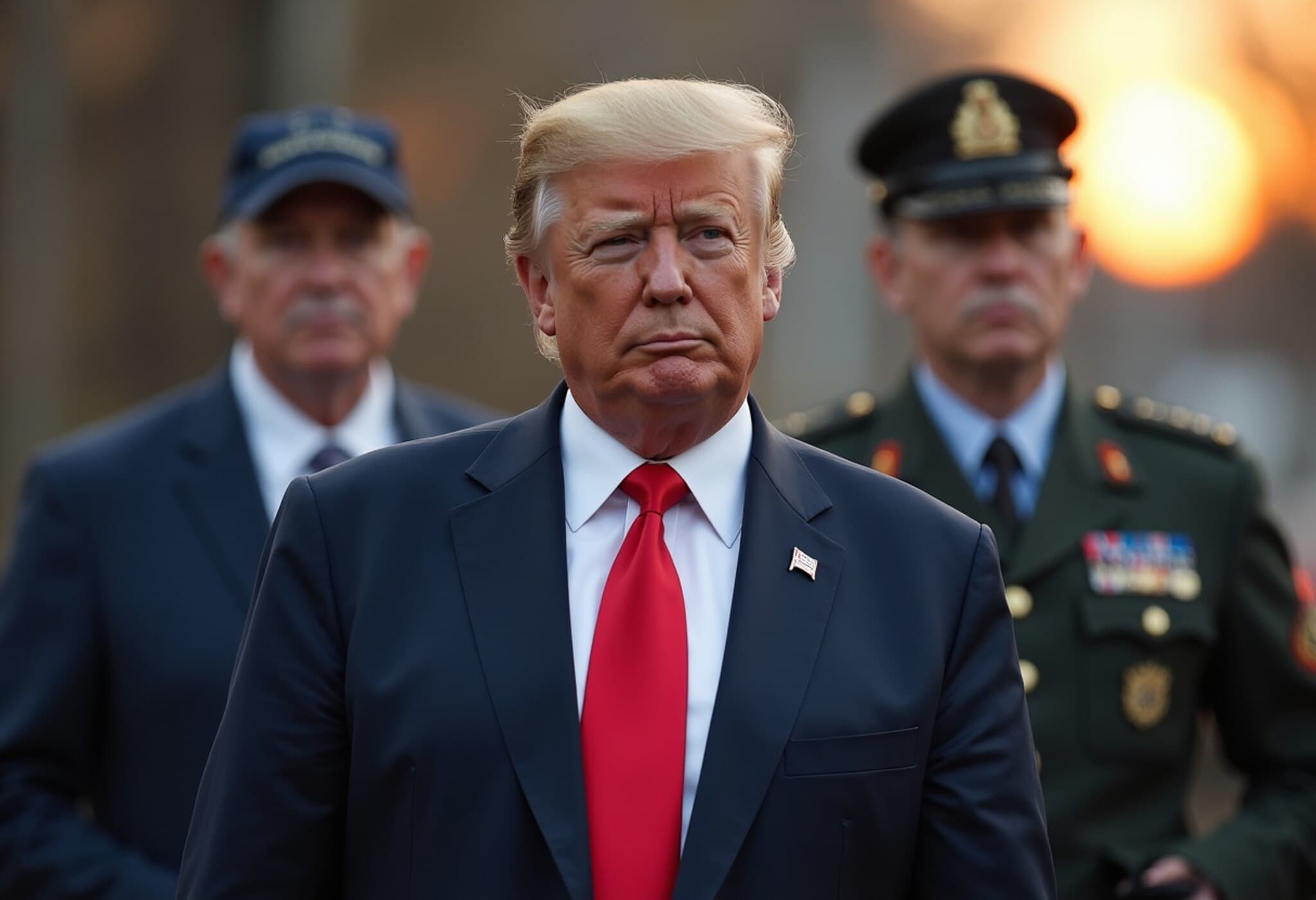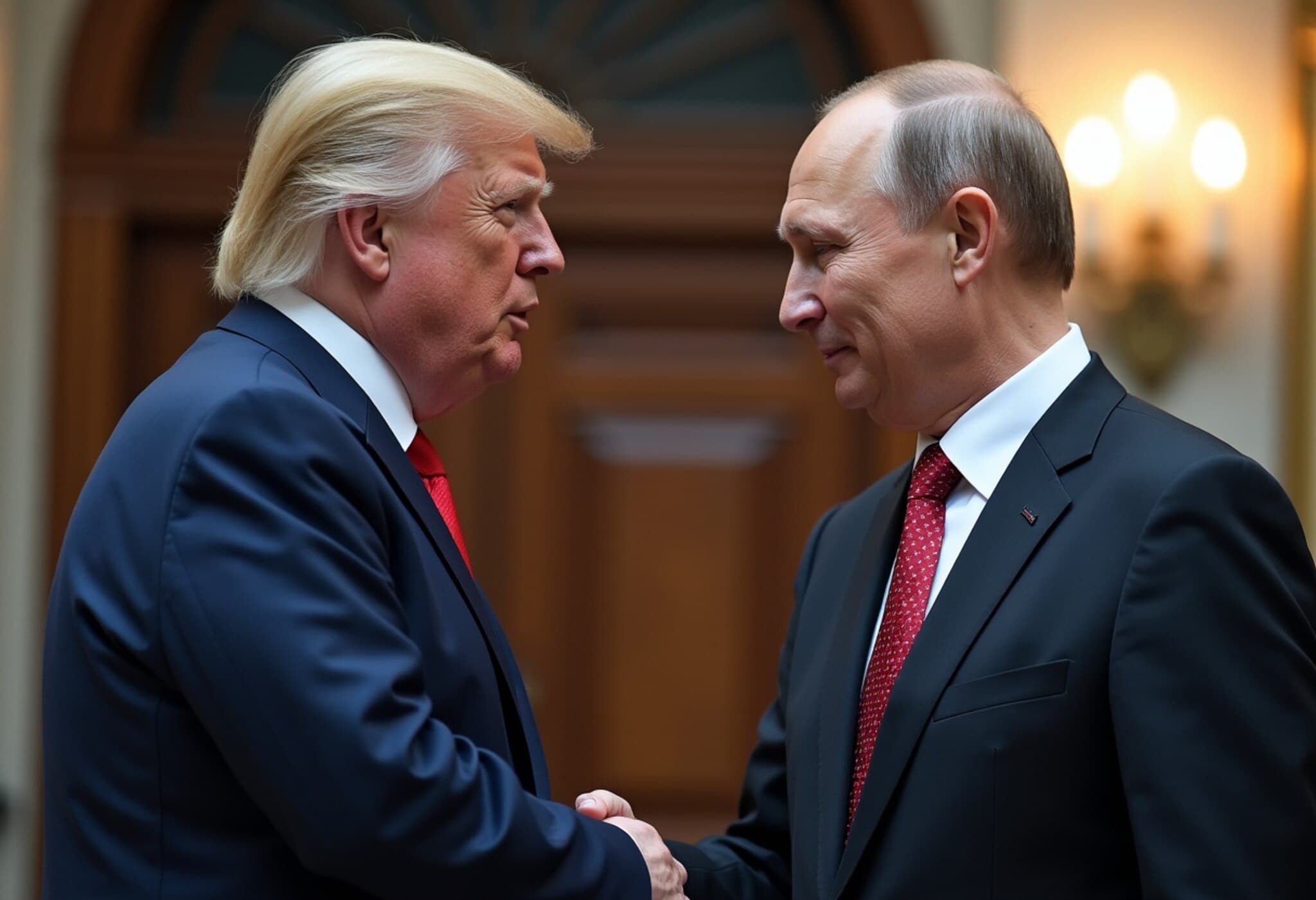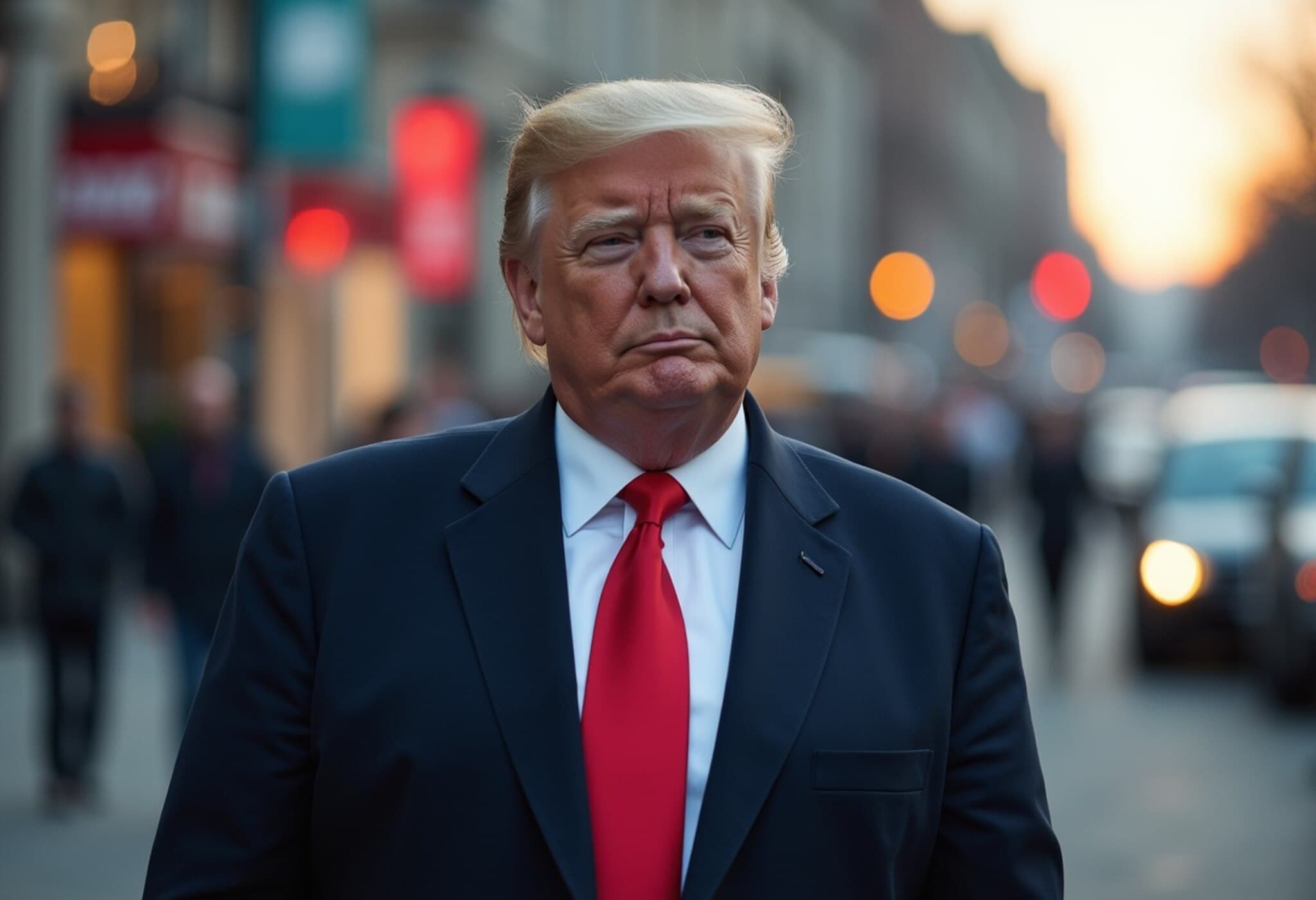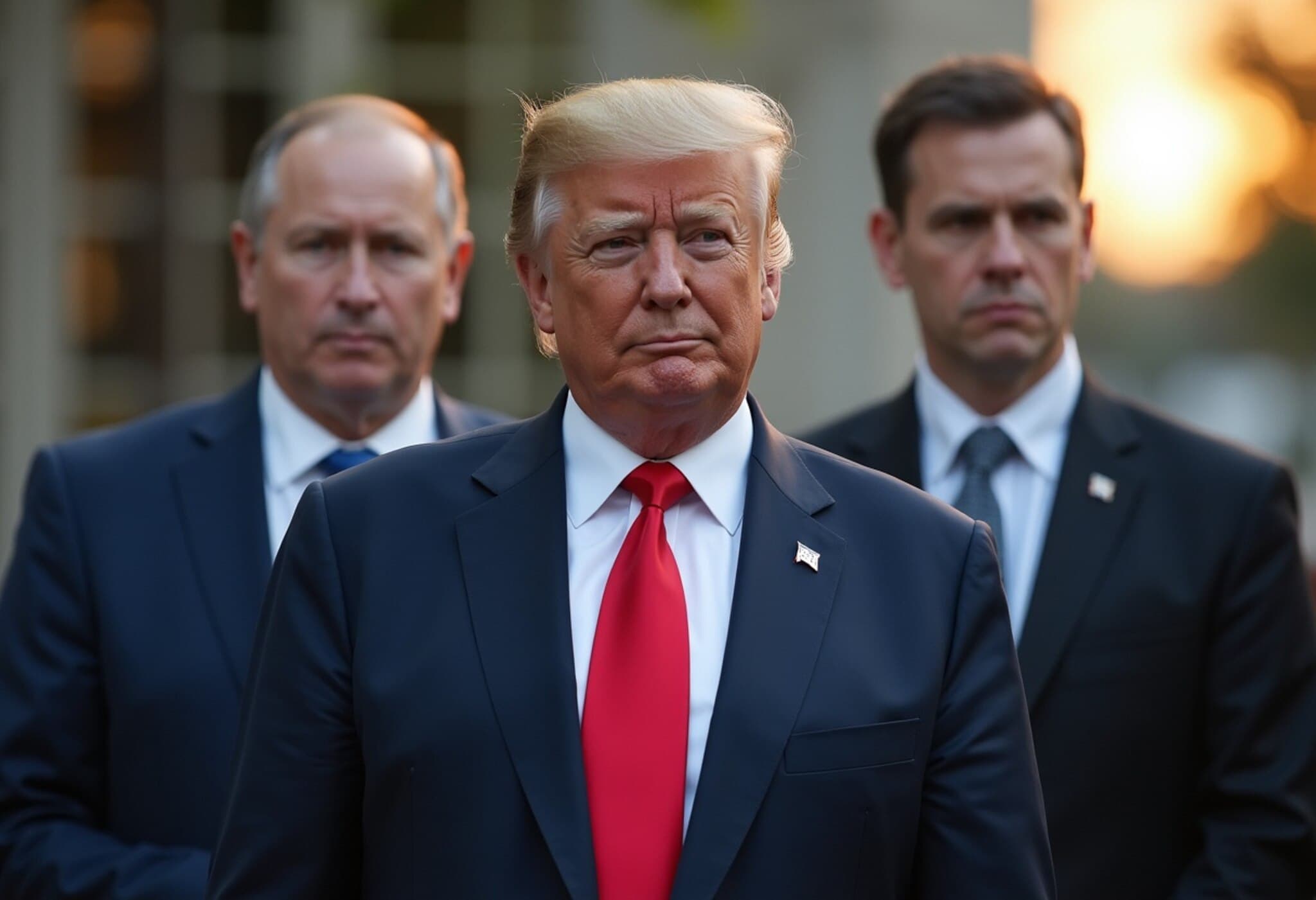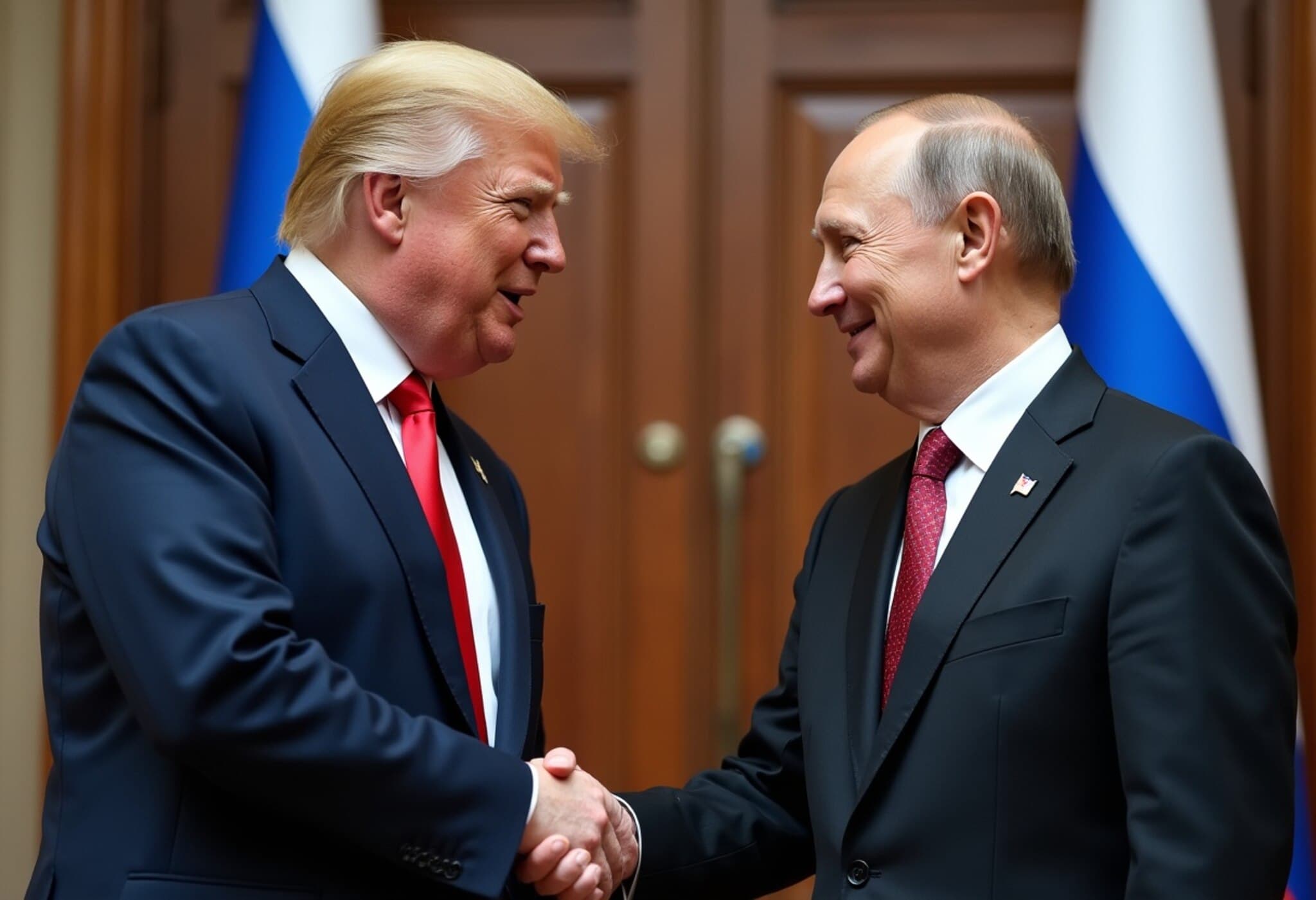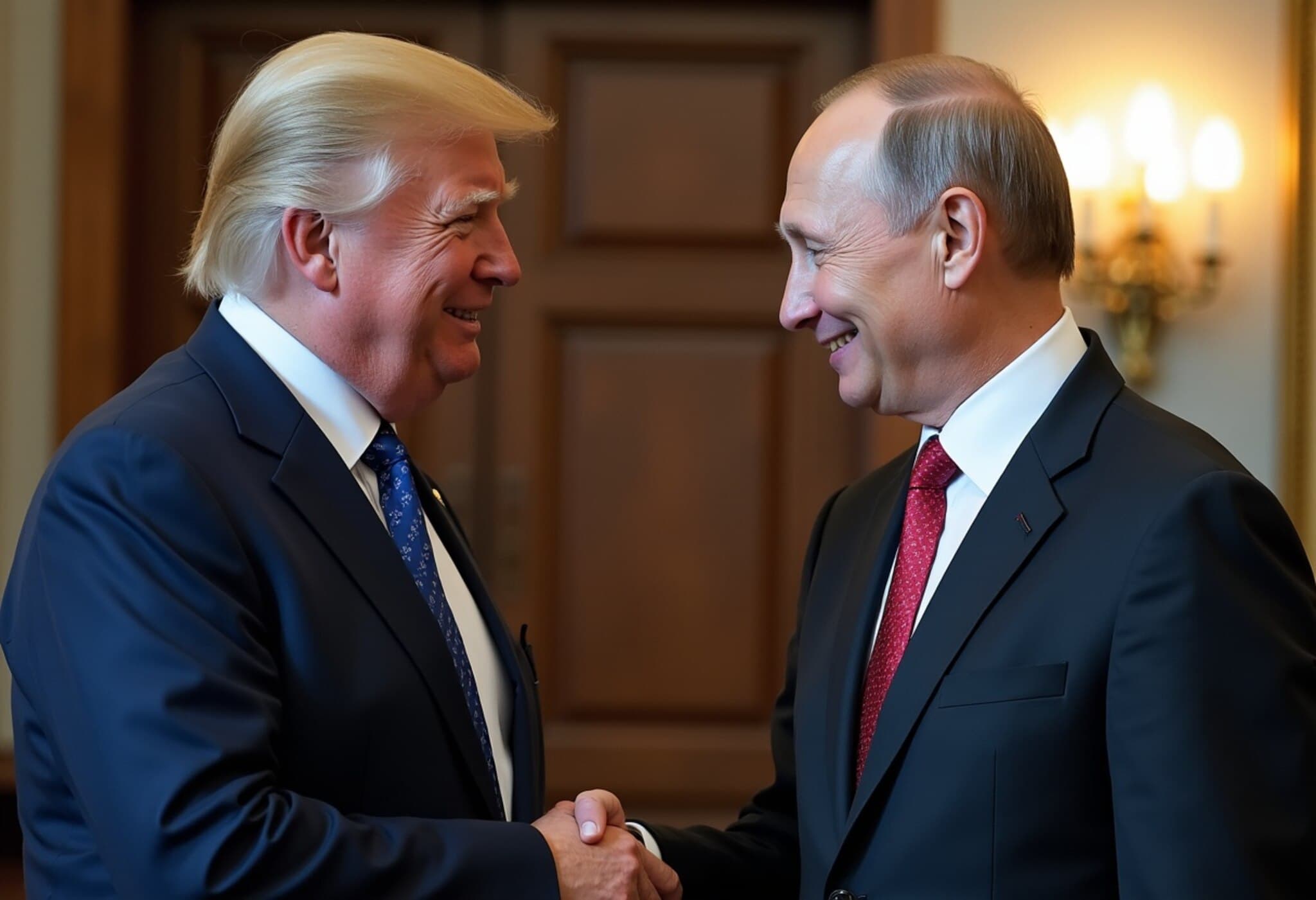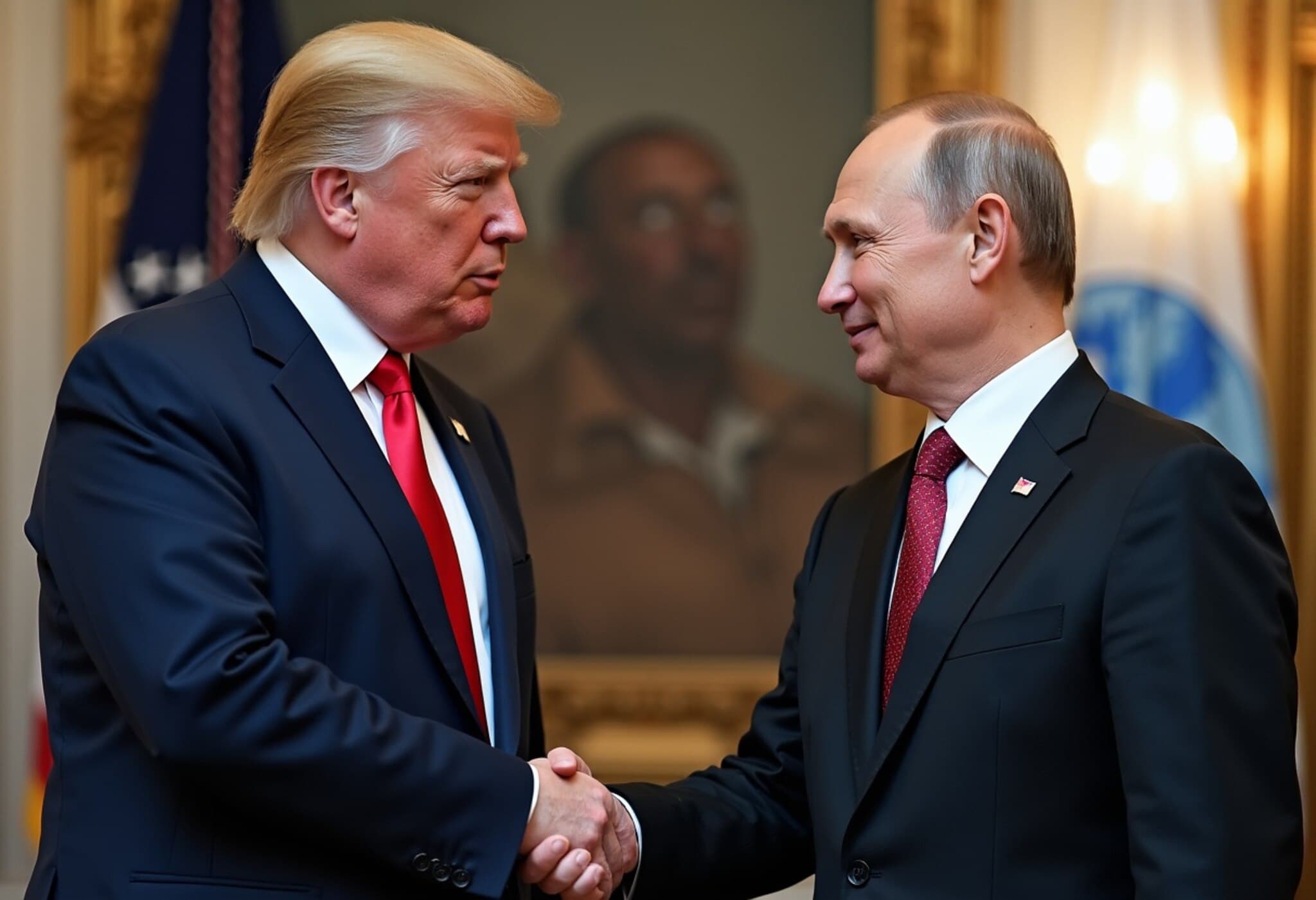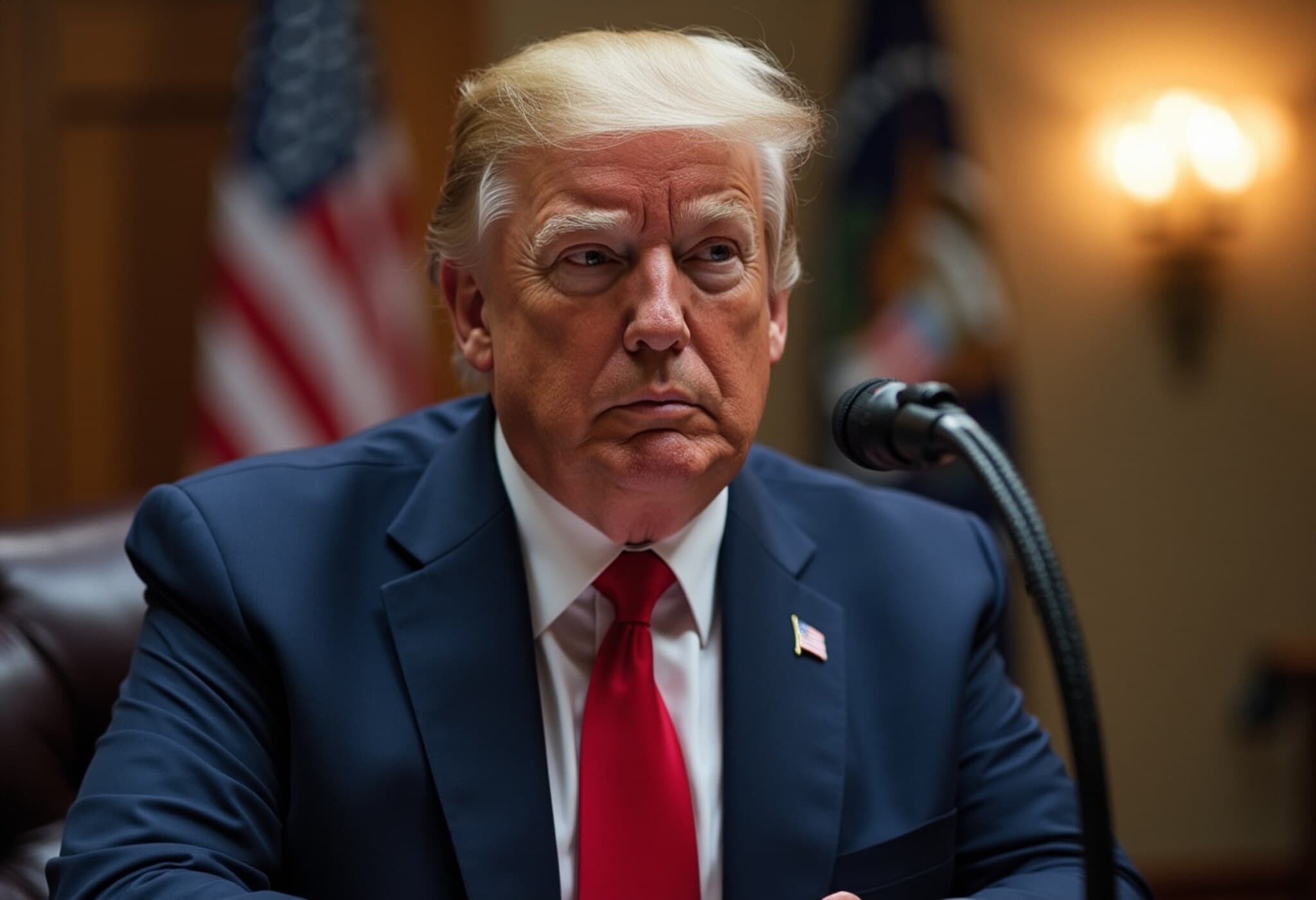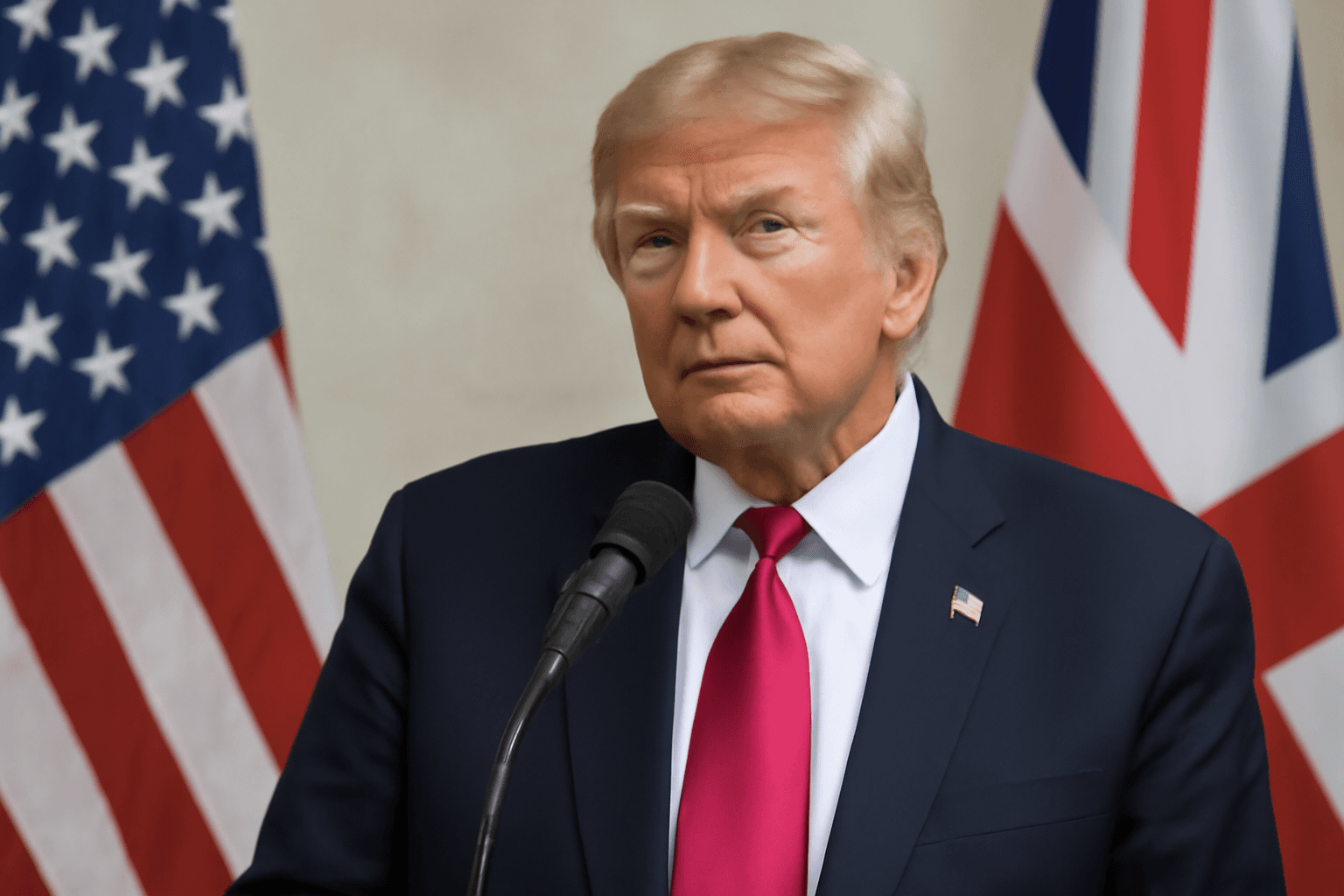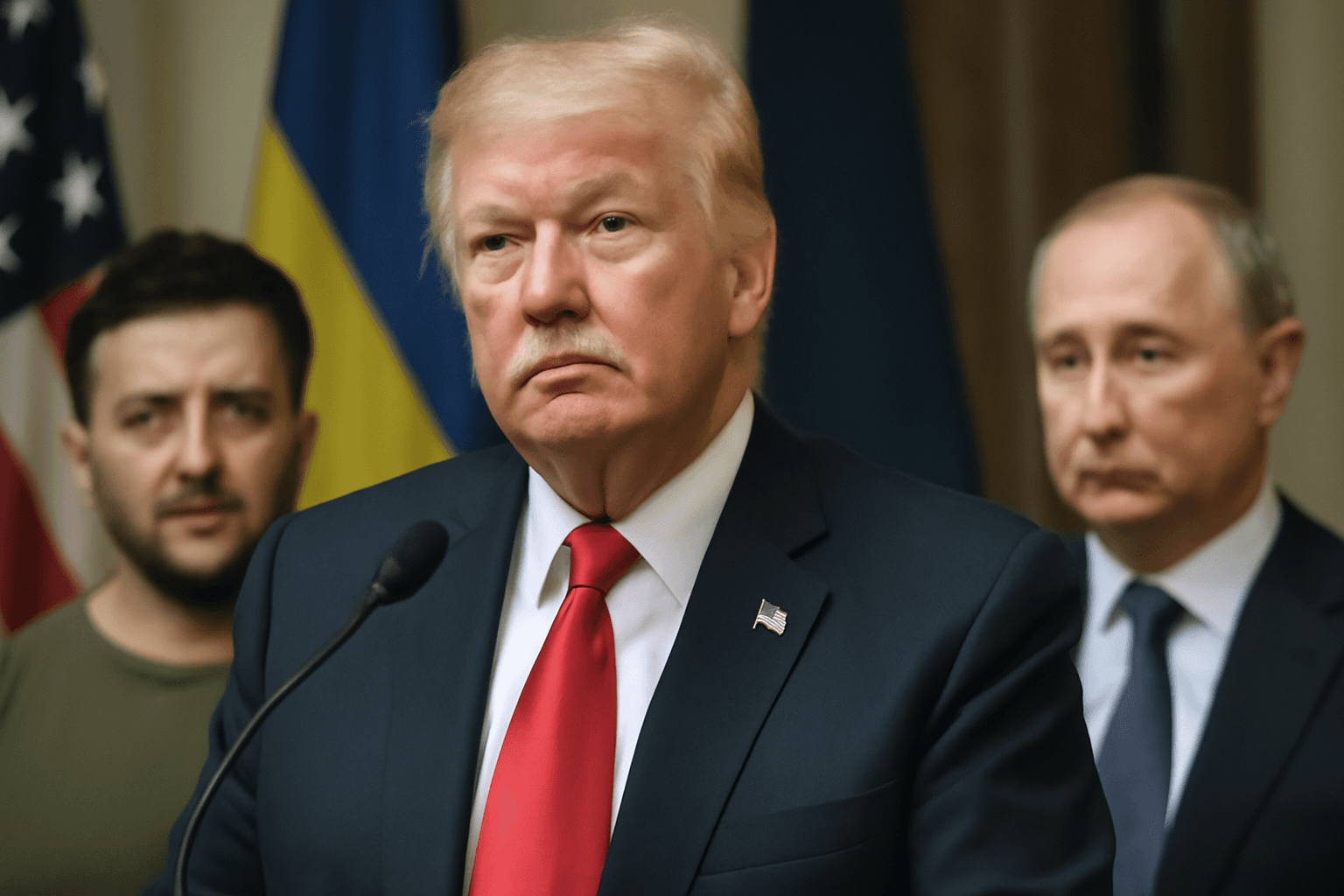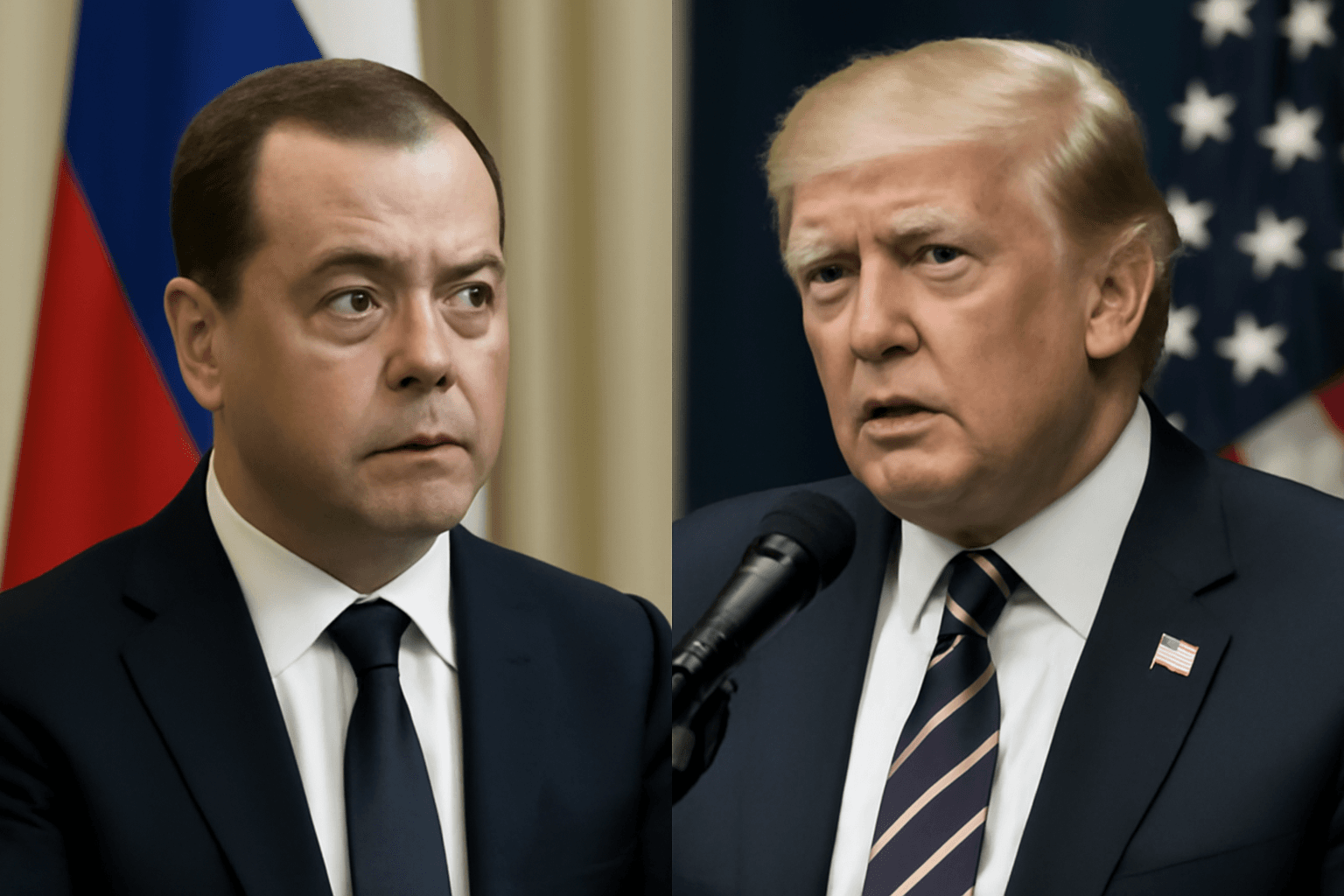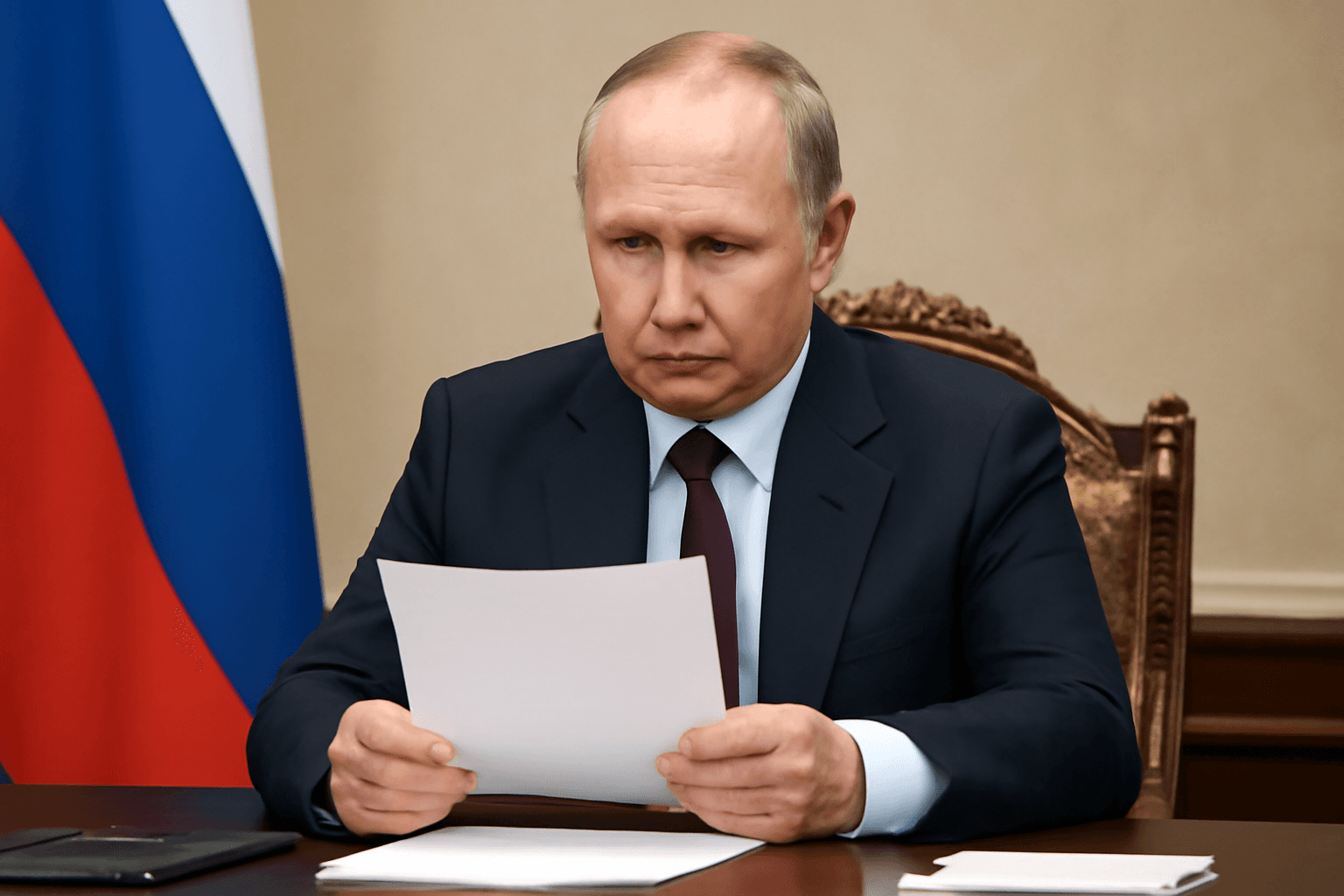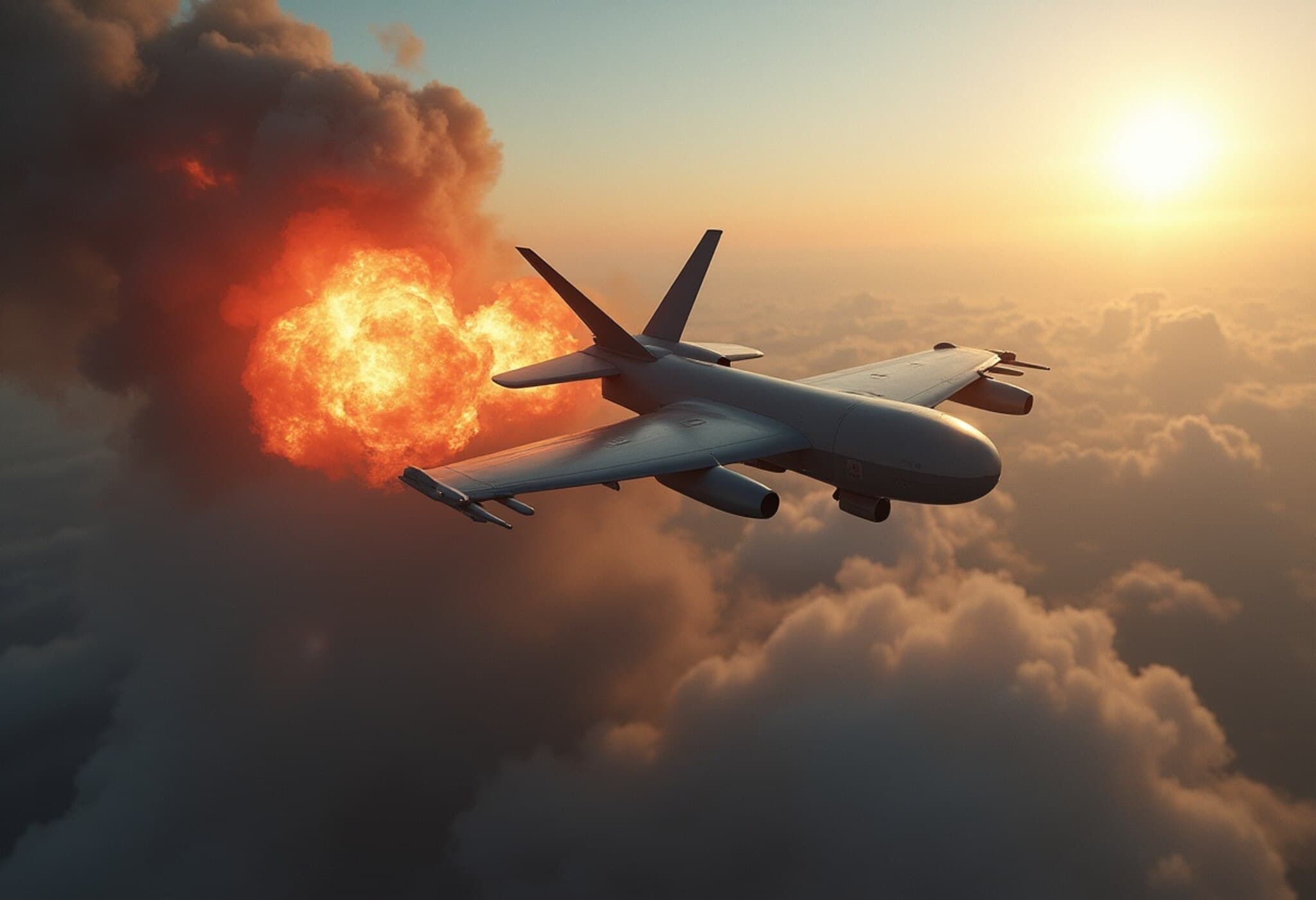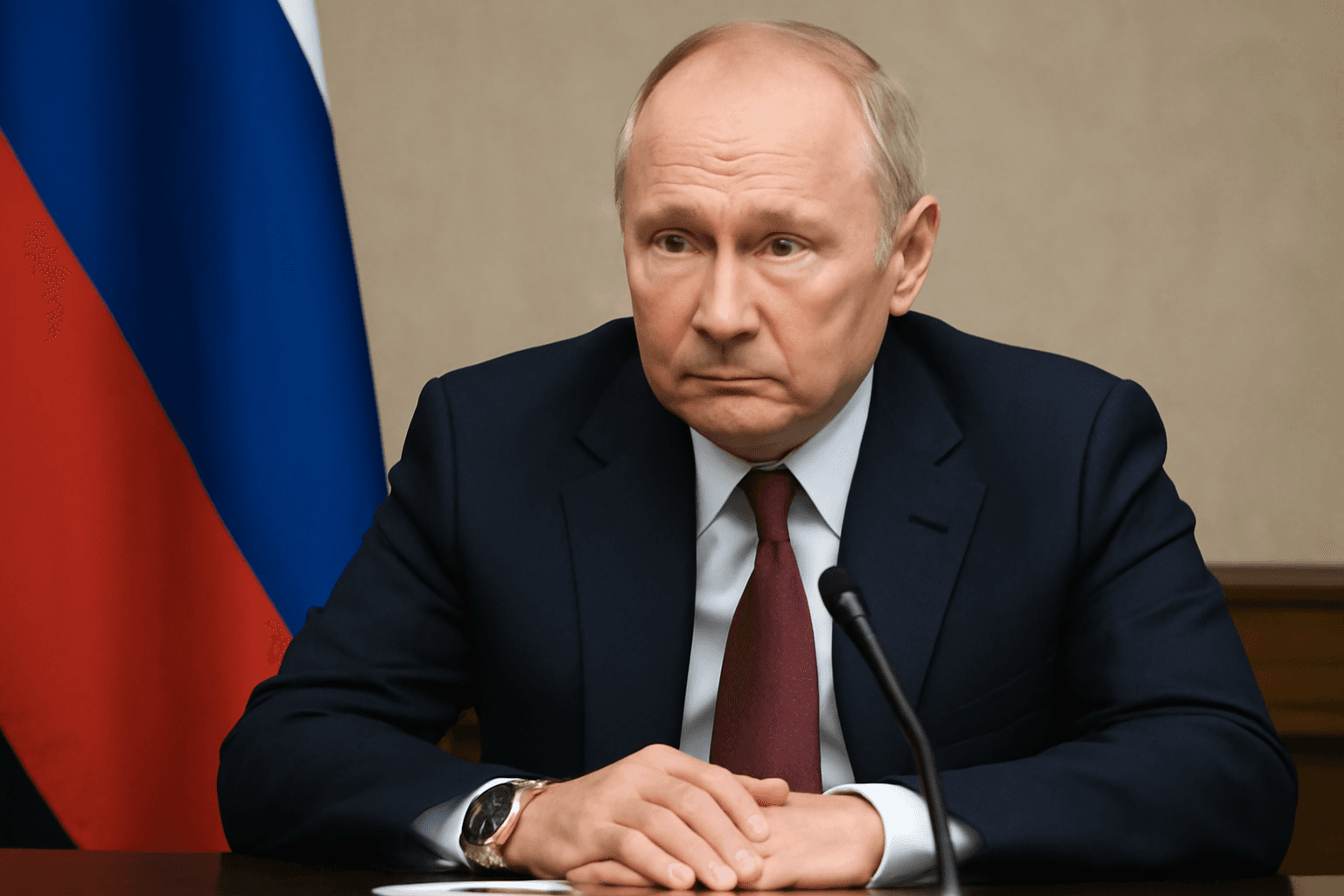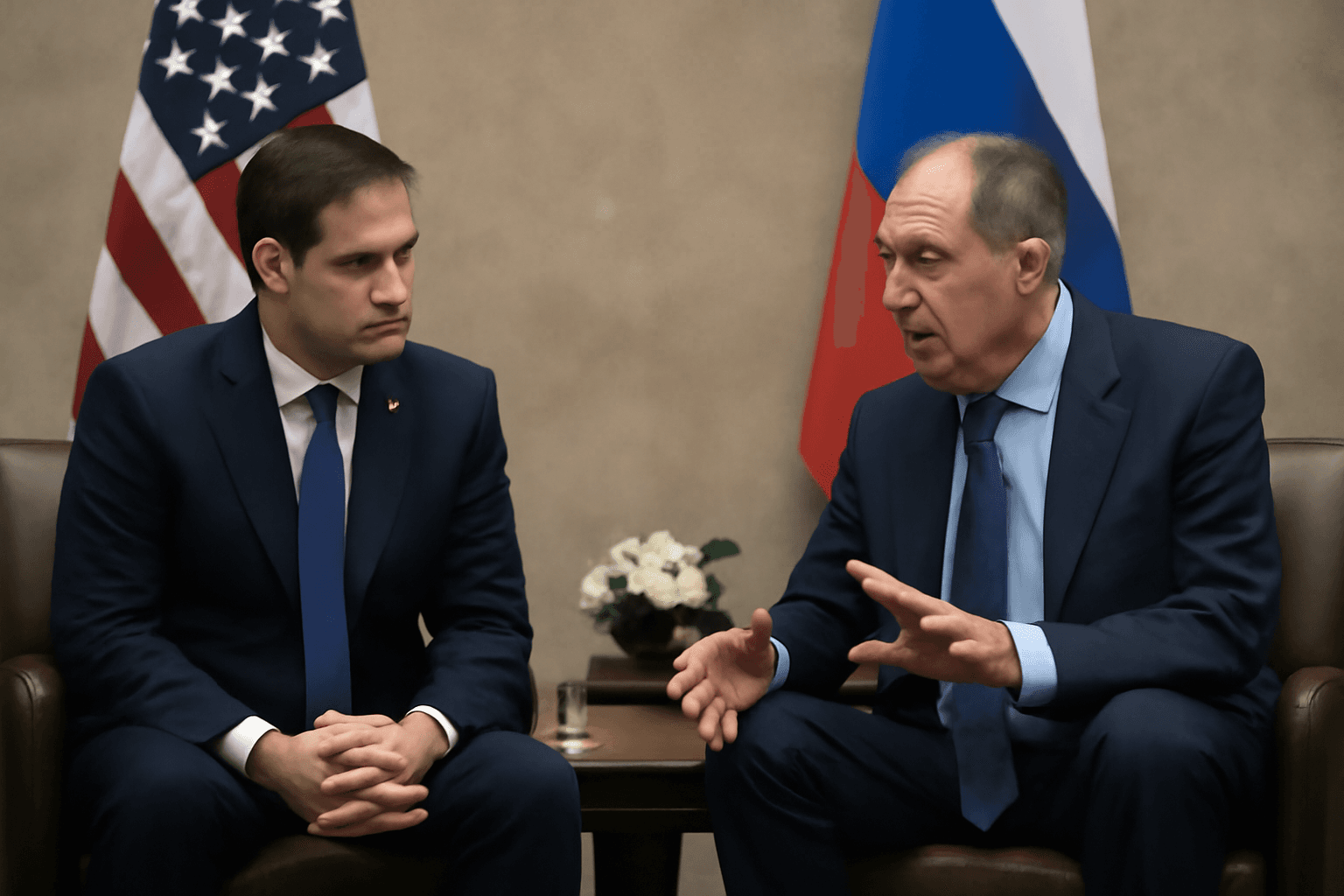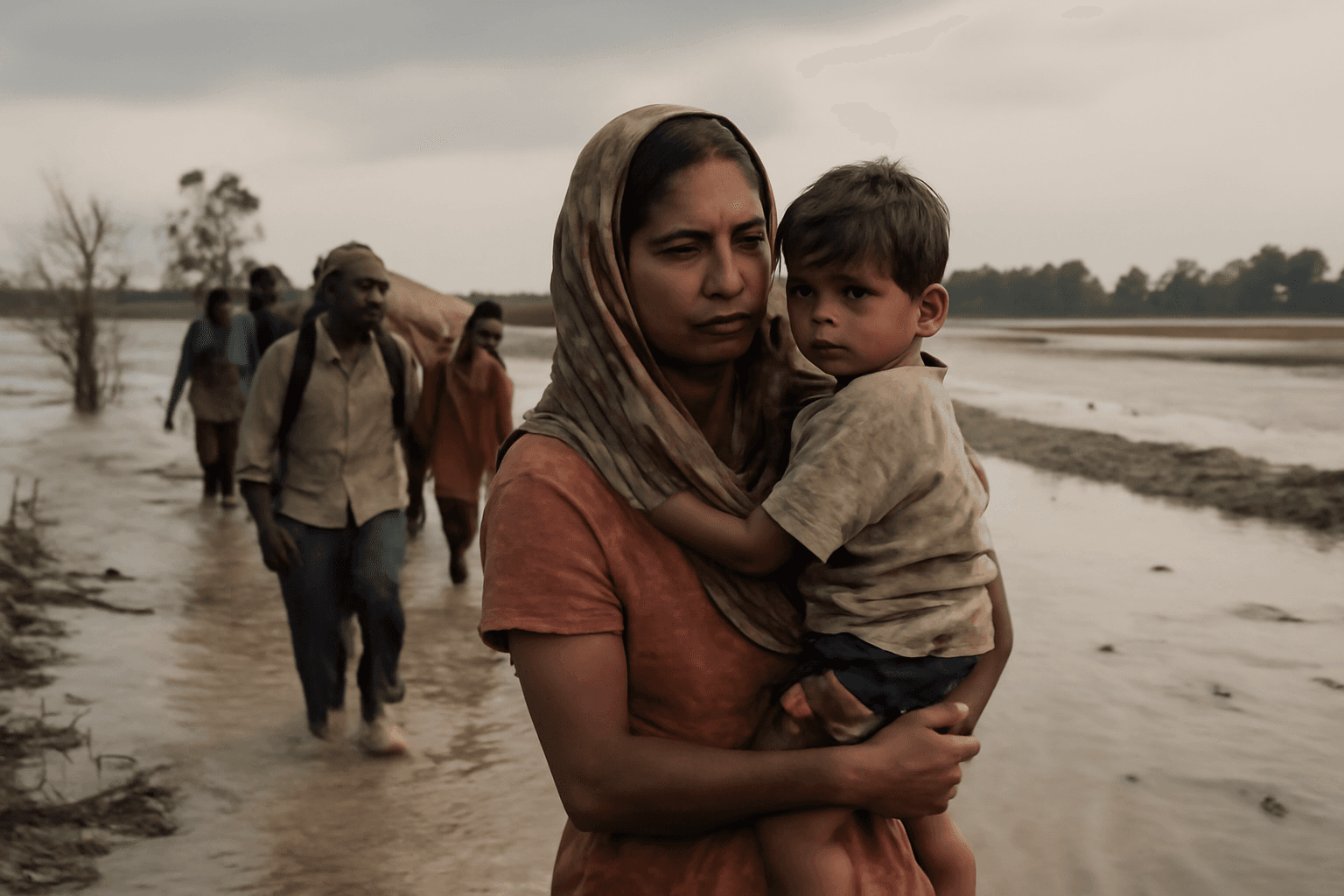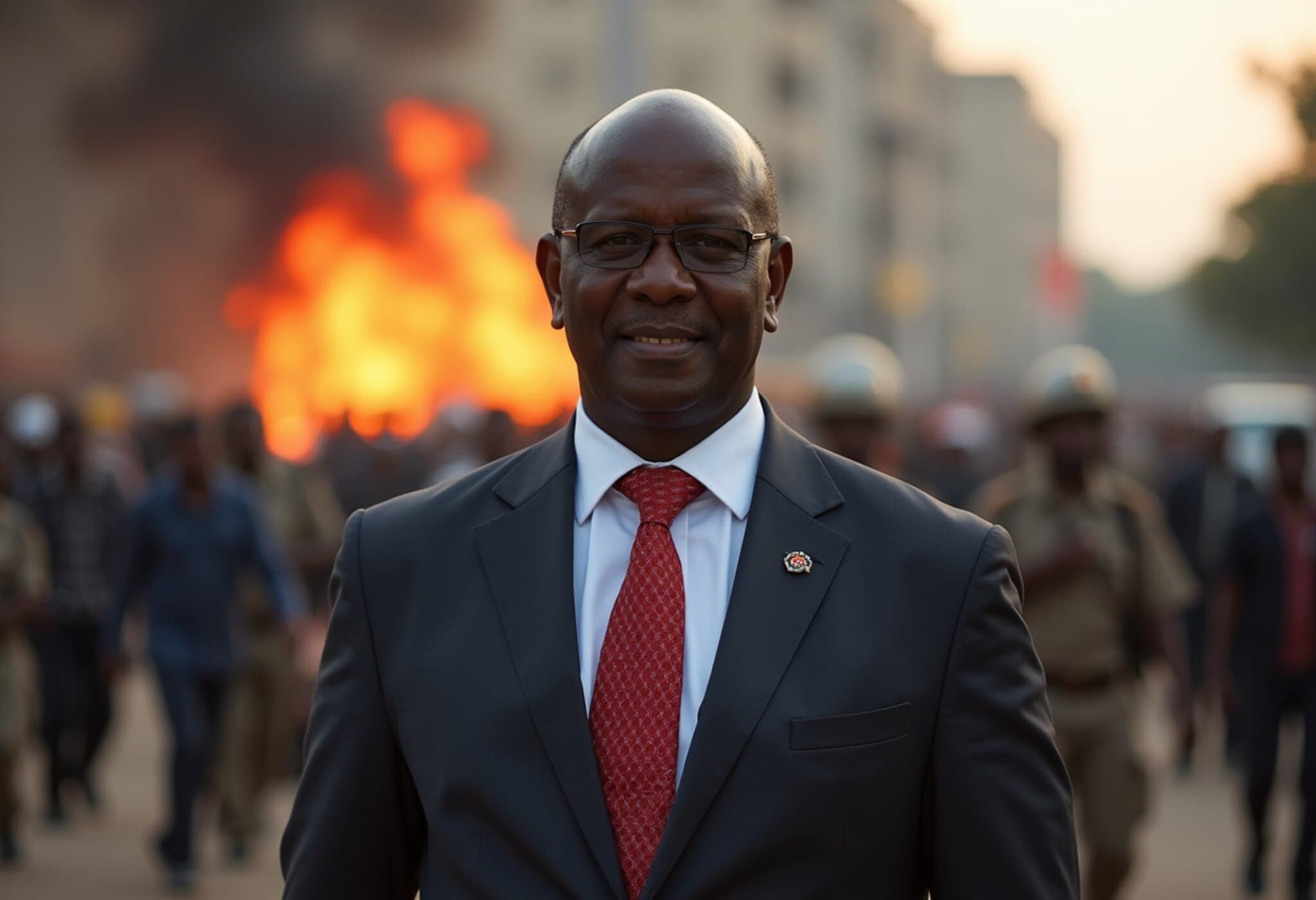US-Russia Diplomacy in Kuala Lumpur: Rubio and Lavrov Engage in Straightforward Dialogue
In a significant diplomatic interaction, US Secretary of State Marco Rubio met with Russian Foreign Minister Sergei Lavrov on July 10, 2025, in Kuala Lumpur, Malaysia, to discuss the ongoing war in Ukraine. This marked their second face-to-face meeting since the conflict intensified two years ago.
Dialogue Set Against the Backdrop of Escalating Conflict
The talks occurred during heightened Russian military offensives, which have increasingly strained Ukrainian defenses and displaced thousands of civilians seeking refuge underground. Early on the day of the meeting, Russian forces launched a barrage of 18 missiles and approximately 400 drones targeting Kyiv, escalating tensions sharply.
Secretary Rubio characterized the conversation with Lavrov as “frank” and “important”, emphasizing the United States' frustration over the lack of progress towards peace. He conveyed publicly echoed sentiments from President Donald Trump, criticizing Russia's reluctance for flexibility in seeking a resolution to the conflict.
Exploring New Approaches Amid a Complex Battlefield
Rubio noted that the discussions included sharing potential new strategies coming from the Russian side that could open pathways for dialogue. He pledged to bring these ideas back to President Trump, who has been both publicly and privately critical of President Vladimir Putin's handling of the war.
“What we need now is a clear roadmap to conclude this conflict,” Rubio stressed, highlighting the urgent demand for a structured peace process.
Trump’s Position: Balancing Toughness with Diplomacy
Having returned to office earlier this year with a promise to expedite an end to the war, President Trump’s approach has mixed conciliatory elements with moments of pointed criticism. Although initially perceived as more sympathetic to Moscow than his predecessor Joe Biden, Trump has recently adopted a firmer stance, authorizing renewed defensive weapon shipments to Ukraine and labeling Putin's peace overtures as “meaningless.”
Adding to the complexity, Trump is reportedly considering backing legislation that could impose steep sanctions on Russia, including hefty 500% tariffs on Russian energy and mineral exports—a move that could significantly alter global energy markets and diplomatic alignments.
Ongoing High-Stakes Diplomacy
- This meeting in Kuala Lumpur followed earlier interactions: a February summit in Saudi Arabia, and phone conversations in May and June.
- It took place alongside the ASEAN Foreign Ministers' Meeting, highlighting the interconnected nature of regional diplomacy and global conflict.
- Simultaneously, US envoy Keith Kellogg engaged with Ukrainian President Volodymyr Zelenskiy in Rome, underlining continued US support for Ukraine.
Kremlin’s Response and the Road Ahead
The Kremlin reacted with apparent composure to Trump’s criticisms, expressing a continued willingness to mend strained US-Russian relations despite current challenges. Moscow’s ambiguous stance on recent attacks leaves many analysts questioning Russia’s ultimate objectives and commitment to peace talks.
Expert Analysis: The High Stakes of Diplomatic Engagements Amid War
The Rubio-Lavrov talks exemplify the delicate balance between confrontation and negotiation in international conflict resolution. While direct dialogue is crucial, the widening gap in trust and escalating battlefield violence pose formidable hurdles.
From a policy standpoint, the US administration faces the difficult task of maintaining robust support for Ukraine’s sovereignty while seeking pragmatic avenues to deescalate war — a challenge intensified by divergent approaches within Washington and beyond.
Furthermore, the potential for aggressive sanctions targeting Russia's export economy may reshape global energy supplies and diplomatic alliances, with significant ripple effects on European energy security and global markets.
Editor’s Note
As the war in Ukraine crosses its third year, the recent exchange between top US and Russian diplomats underscores both the urgent need for renewed diplomacy and the daunting obstacles ahead. While the rhetoric remains mixed—combining confrontation with cautious outreach—the human cost of continued conflict deepens daily. Readers are encouraged to consider how evolving US foreign policy decisions, sanction regimes, and international diplomatic efforts may influence the fragile path towards peace.
What new frameworks or mediations might break the deadlock? How will global energy market disruptions feed into larger geopolitical realignments? These are critical questions as the international community watches this tragic conflict unfold.

